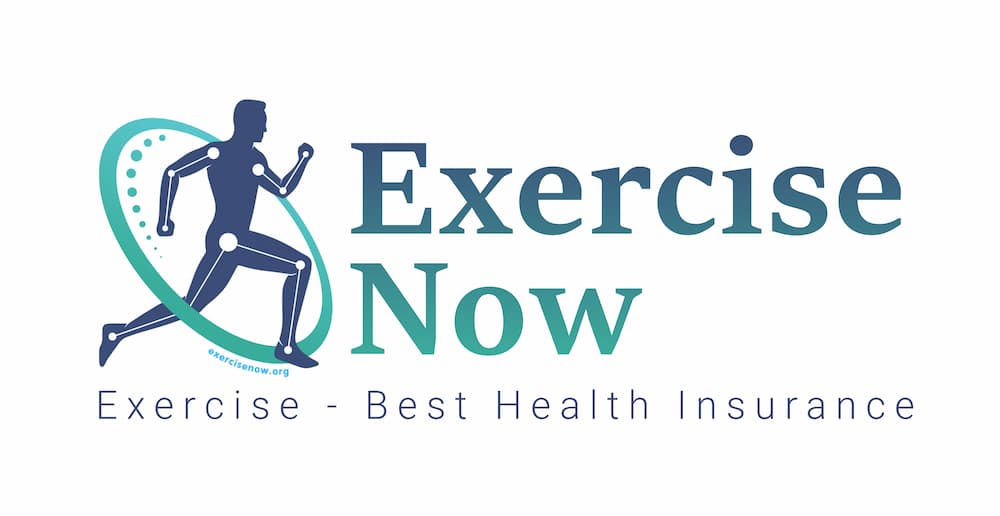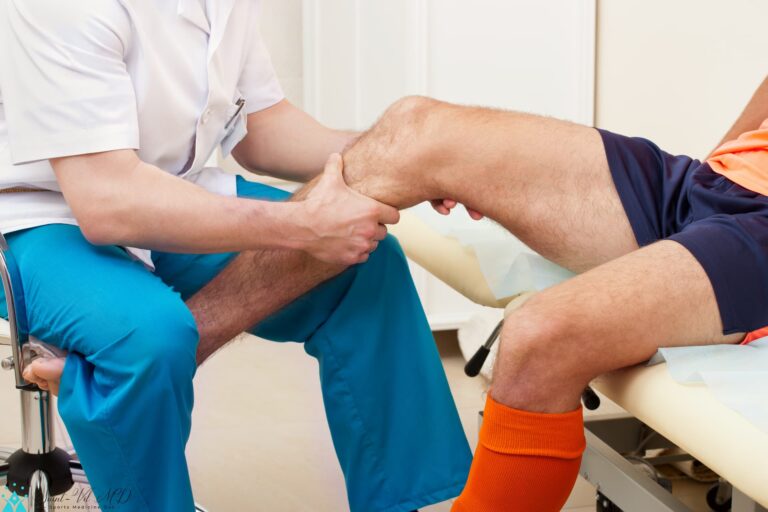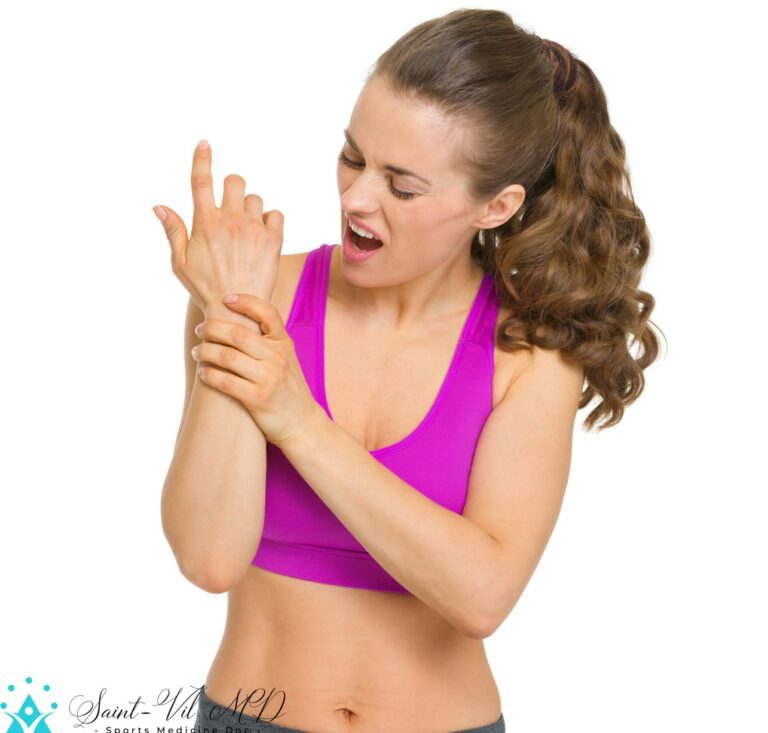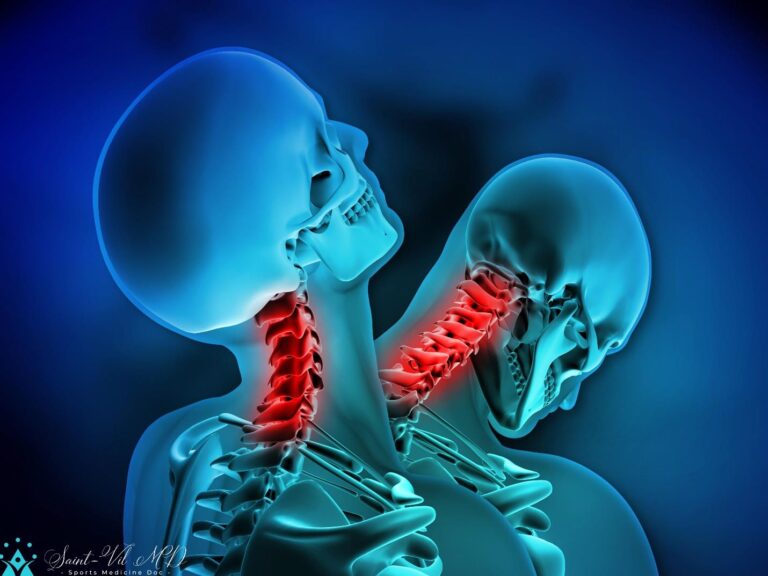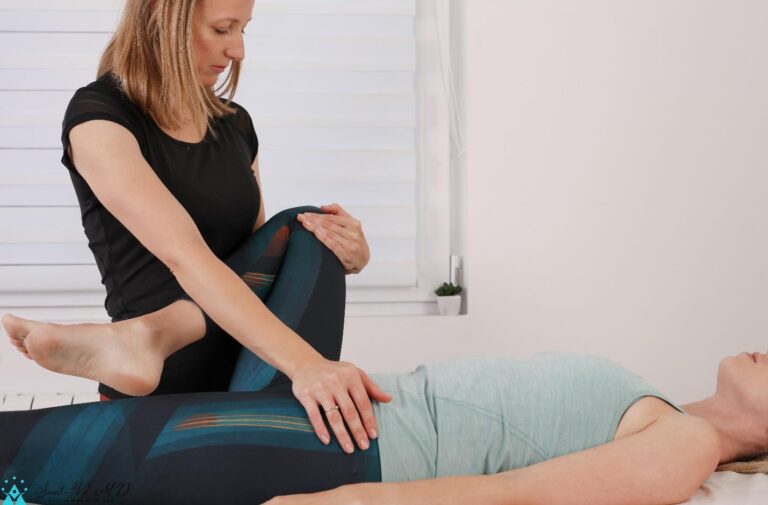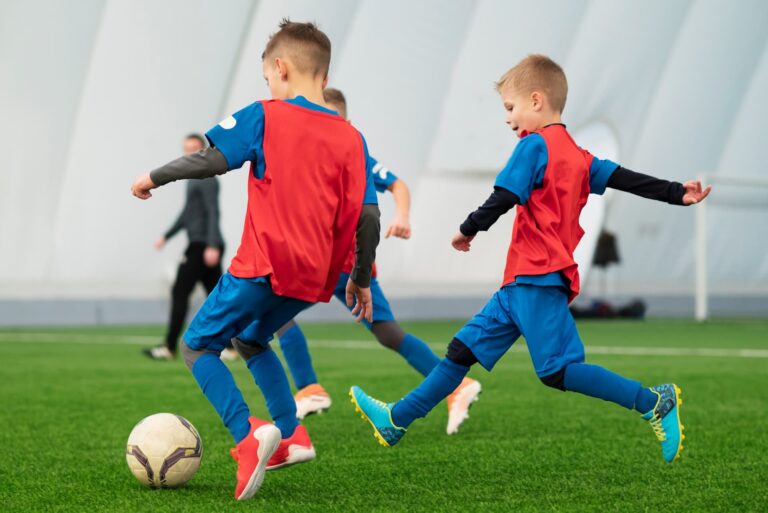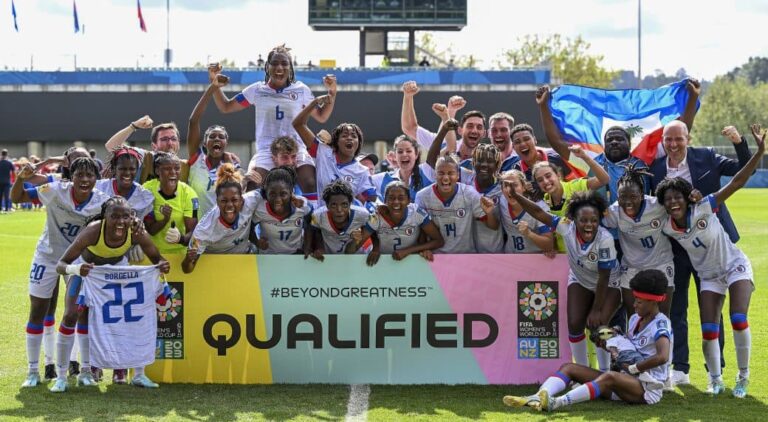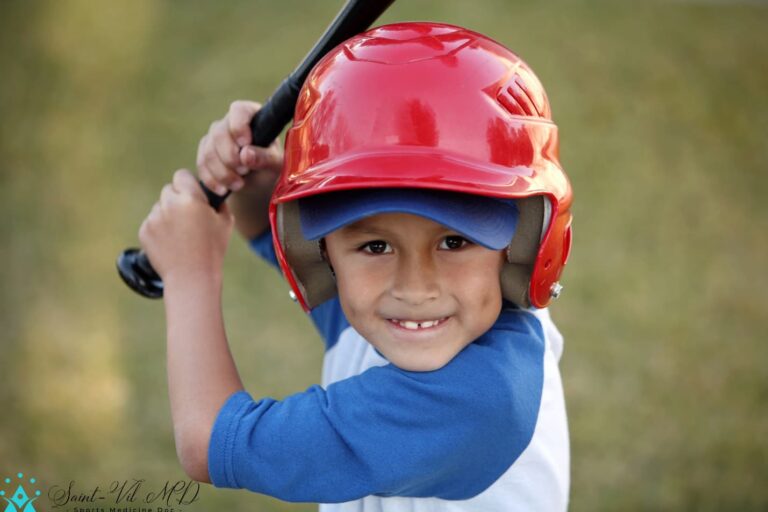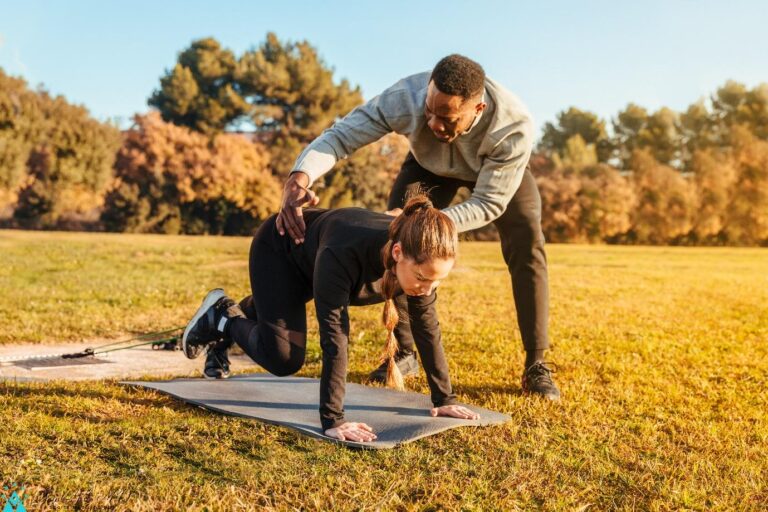
AC Joint Separation
Overview
An acromioclavicular separation is among the common injuries affecting the collar bone. In this
condition, the collar bone or clavicle is separated from the shoulder blade or scapula. It is a
relatively common injury caused by a fall or hit directly to the shoulder. However, it is more
common in certain sports like football and cycling.
The AC joint separation results in the instability of the joint and thus causing pain and disability.
It affects the activity of the shoulder and entire arm.
Anatomy

The shoulder is one of the most mobile joints in the human body. It also undergoes regular stress.
However, the AC joint is relatively less mobile. Therefore, it does not play many roles in the
movement of the arm. However, it attaches the scapula to the thorax and plays a vital role in
shoulder abduction and flexion.
Like any joint, bones are connected with the help of multiple ligaments to each other.
Acromioclavicular, conoid & trapezoid ligaments are the primary ligaments providing joint
stability.
Signs and Symptoms
Signs and symptoms of the condition depend on the severity of the injury. Generally, it is divided
into three grades.
Grade 1

It is mainly about some tears in acromioclavicular ligaments. However, not a complete separation.
And thus, milder symptoms and a better prognosis.
There is generally mild pain in the shoulder, along with some swelling. Pain may worsen on moving
the arm. In addition, one may feel tenderness on touching the end of the clavicle.
Grade 2

It is a complete tear or detachment of acromioclavicular ligaments. Thus, there is moderate to
severe pain in the shoulder and swelling. Pain in the arm is felt sharply on movement. One may
even see a bump on the shoulder. The clavicle moves more than usual and is very painful when
touched during the examination.
Grade 3
There is a complete tear in acromioclavicular, conoid & trapezoid ligaments. It means difficulty in
holding the shoulder in place and severe pain even without movement. A person would need to
support the arm or elbow. Pain is present in just any kind of arm motion, and swelling is visible
on the shoulder. During the movement of the arm, there may be a popping movement. In this
condition, the AC joint becomes considerably unstable.
Causes & Risk factors
It is mainly caused by a fall in sports like football, hockey, etc. Its risk is also higher in impact
sports.
Diagnosis
Physical examination
On physical examination of the shoulders, the doctor can see asymmetry and change in the position of the injured shoulder. Since the joint is superficial, it is readily examined. There could
be pain and swelling of the AC joint, and the clavicle would be unusually mobile.
Imaging
Imaging is needed in most musculoskeletal conditions. Thus, imaging like x-ray and MRI can help
confirm if there is a fracture of the clavicle or other bones or if it is an injury of soft tissues or
ligaments.
Treatment
Treatment is generally non-surgical, meaning rest and giving ample time to the shoulder to heal.
Generally, Grade 1 injury may get well in a month, grade 2 in about six weeks, and grade 3 in about
12-weeks.
Home remedies
Home remedies include measures to reduce pain and swelling like the use of ice. Rest and a
protective sling helps reduce motion and promote healing. In addition, one may take over-thecounter anti-inflammatory medications like ibuprofen.
Non-surgical treatment
Non-surgical treatment mainly involved immobilization of the joint with the help of a sling. Pain
killers can be prescribed to lower pain and swelling. Finally, gentle exercise may help increase the
range of motion once the acute phase is over.
Surgical treatment
In only a few cases, surgical treatment is needed if the pain does not subside after 2-3 months. In
some cases, early surgical treatment may be required (as decided by the doctor). Early surgery may
be needed for young patients. The surgeon would often go for resection of the distal clavicle,
which may increase the range of motion of the shoulder, but also make it less stable.
Prevention
Utmost care to prevent falls in sports may help. Additionally, raising awareness about the injury in
contact sports is the way
